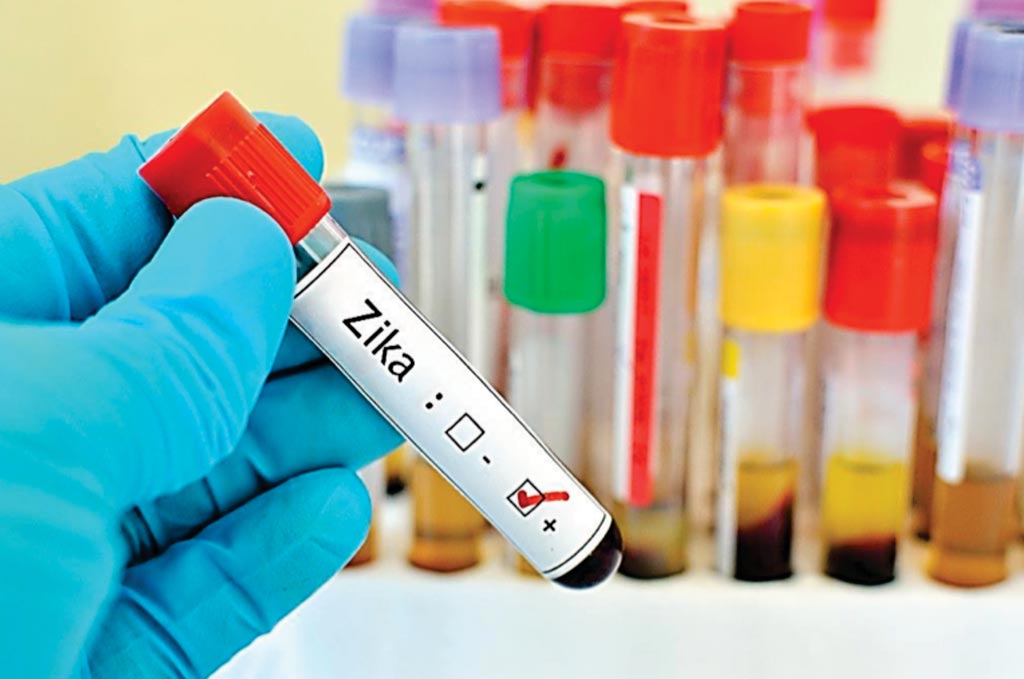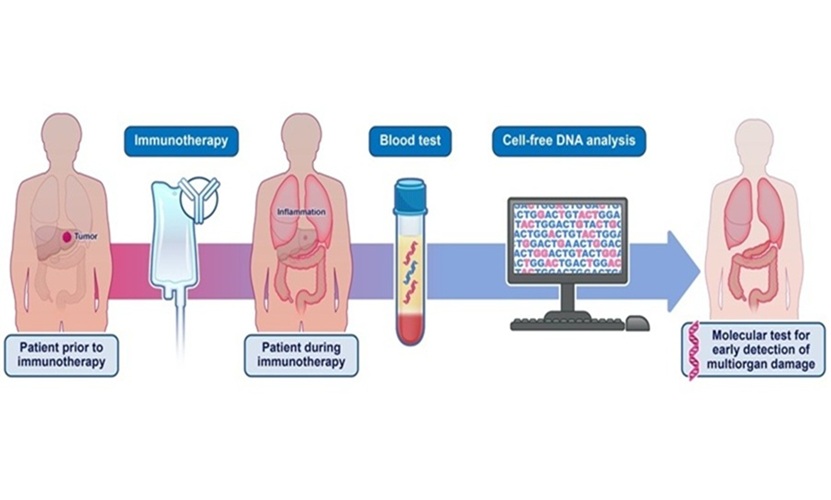New Test Distinguishes Zika from Similar Viral Infections
By LabMedica International staff writers
Posted on 02 Aug 2017
Zika is a mosquito-borne disease and is linked to severe congenital birth defects. Assays already exist to detect Zika virus infection, but they either work only shortly after infection or are poor at differentiating Zika from other flaviviruses.Posted on 02 Aug 2017
The limited ability of assays to detect Zika virus has led to difficulty in determining the prevalence of Zika virus infections, the incidence of congenital Zika syndrome and the frequency of neurological complications associated with Zika virus infections.

Image: A new blood test has been developed to differentiate Zika virus infection from other flaviviruses (Photo courtesy of Brett Israel, University of California-Berkeley).
An international team of scientists led by those at University of California – Berkeley (CA, USA) developed a new test, which is the best-to-date in differentiating Zika virus infections from infections caused by similar viruses. The antibody-based assay is a simple, cost-effective way to determine if a person's infection is from the Zika virus or another virus of the same family, such as dengue and West Nile viruses.
The assay was developed using detailed patient samples from Nicaragua, a large step forward over previous studies. These samples included multiple, longitudinal samples from Zika patients, with or without prior exposure to dengue virus, and samples from dengue patients infected either once or more than once with different types of the dengue virus. The samples were obtained from a 14-year study of a cohort of children whose previous viral infection histories were well documented. These samples were central to the study, because prior dengue virus infections can cross-react and confound many current Zika antibody-based assays; having a thoroughly analyzed pool of patient samples helped the team characterize and avoid this cross-reactivity.
The teams utilized the proprietary CellClone discovery technology and Humabs BioMed SA (Bellinzona, Switzerland) generated a new human antibody to the Zika virus, which the company then used to develop the assay. The assay is based on a well-established approach to detecting viral infections, but the new antibody and protocol give the assay superior sensitivity and specificity, two key assay metrics. The enzyme-linked immunosorbent assay was implemented in five countries and tested using a large number of clinical samples from travelers and patients living in areas with a high level of exposure to Zika virus and other flaviviruses.
The new assay had a high sensitivity of 91.8%, and was specific and robust. When the assay was run on patients infected with Zika virus and also on a control group of 540 patients infected by other flaviviruses or other viruses, plus healthy donors, the specificity was 95.9%. The authors concluded that The ZIKV nonstructural protein 1 (NS1) blockade-of-binding ELISA assay is a simple, robust, and low-cost solution for Zika surveillance programs, seroprevalence studies, and intervention trials in flavivirus-endemic areas.
Davide Corti, PhD, senior vice president and chief scientific officer of Humabs BioMed, said, “These results support that the antibody-based assay that we have developed is highly effective in detecting both recent and past Zika virus infections and in discriminating Zika from other flavivirus infections. This novel assay has the potential to become an effective, simple and low-cost solution for Zika surveillance programs, prevalence studies and clinical intervention trials in flavivirus-endemic areas.” The study was published on July 17, 2017, in the journal Proceedings of the National Academy of Sciences.
Related Links:
University of California – Berkeley
Humabs BioMed














